Clubfoot Clinical classification Clubfoot is a common congenital deformity occurring in one to three per thousand live births;•Types of clubfoot Clubfoot •Congenital talipes equinovarus •The commonest significant congenital deformity worldwide •Caucasians –1 per 1000 live births •Africans –23 per 1000 •Polynesians –6 per 1000 Clubfoot genetics •Male female ratio 31 •40% bilateralTerminology While some use talipes equinovarus and clubfoot synonymously, in certain publications, the term clubfoot is considered a more general descriptive term that describes three distinct abnormalities talipes equinovarus (adduction of the forefoot, inversion of the heel and plantar flexion of the forefoot and ankle);

Clinical Photographs Showing A The Club Feet Of A 1 5 Month Old Baby Download Scientific Diagram
What is a clubfoot
What is a clubfoot-Clubfoot may also result from the baby's positioning in the uterus or a decrease in the amniotic fluid that surrounds the baby during pregnancy Still, many babies born with clubfoot may have none of these risk factors Types of clubfoot Isolated (idiopathic) clubfoot, which is apparent at birth, is the most prevalent form of clubfootClubfoot (also called talipes equinovarus) is a birth defect of the foot It's when a baby's foot turns inward so that the bottom of the foot faces sideways or even up This happens because the tissues that connect muscles to bone (called tendons) in your baby's leg and foot are shorter than normal




Congenital Talipes Equinovarus Clubfoot Nursing Care Management Pediatric Physical Therapy Medical Anatomy Medical
The classic example is the "club foot" but this is only one of many variations on this theme Increased tension of the deep digital flexor tendon appears to be the primary cause This condition can be congenital or acquired Contracture of the DDFT (muscle origin) varies in degrees of severity The 'club foot' is the most commonlyArticular malalignments are fixed by contracted joint capsules, ligaments, and contracted foot and ankle tendons;Talipes calcaneovalgus (dorsal flexion of the forefoot
Each type of clubfoot has unique characteristics and may need specific treatment Early recognition of the type of clubfoot one is dealing with can help guide appropriate treatment Individuals with clubfoot experience bone and soft tissues deformation and this abnormality can be presented through a range of abnormal alignmentsThere is in utero malalignment of the talocalcaneal, talonavicular and calcaneocuboid joints;There are three main types of clubfoot CongenitalThe most common type The cause is unknown, but genetic (inherited) factors may play a roleClubfoot is the only abnormality PositionalThis type of clubfoot occurs because the footwas in an abnormal position in the womb It is the easiestto treat
Traditional "sleep 'n play" type pajamas with the cute "footies" are off limits with the orthotic device Thankfully, through trial and error, the parents of clubfoot children have found what works and what does not So, what type of clothing reallyThere are actually different types of clubfoot, but the following are the typical foot deformities that are associated with the condition Plantarflexion – the ankle is twisted downward Cavus foot – the foot arch is unusually high Varus – the heel assumes the position of inversion, which draws the forefoot inward as wellClubfoot is a common type of birth defect that affects muscles and bones in the feet Instead of being straight, a clubfoot points down and turns in This twisting causes the toes to point toward the opposite leg A baby can be born with the defect in one or both feet
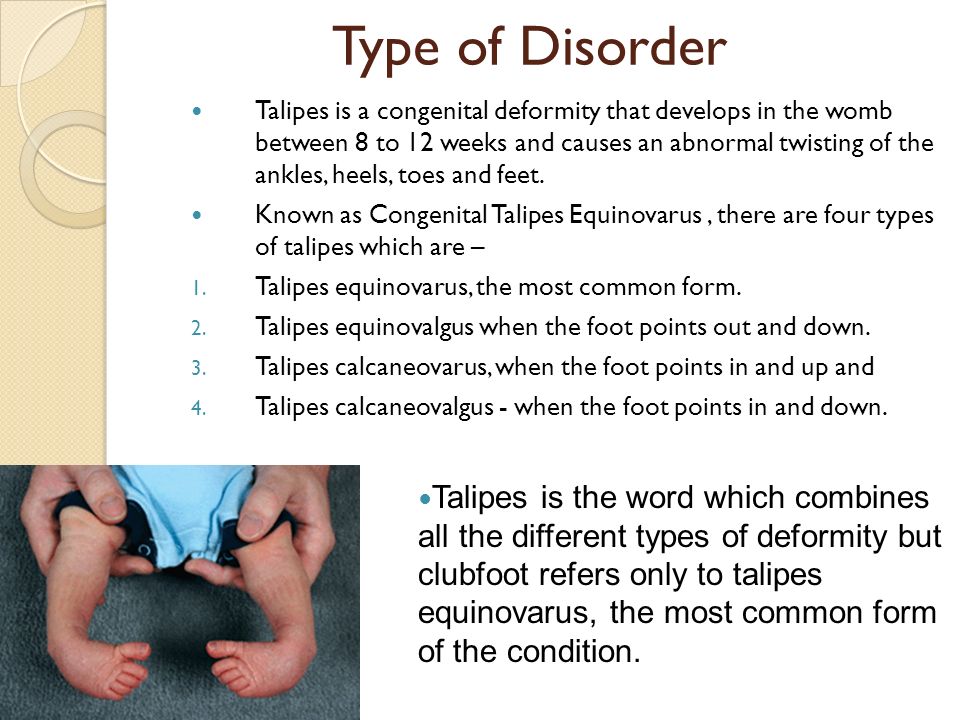



By Cassie Maier What Is Club Foot Club Foot Is When One Or Both Babies Feet Are Turned Inward And Downward And Cannot Be Put Into Normal Position Easily Ppt Download




Clubfoot Its Types And Causes Simplified In Hindi Youtube
Clubfoot (congenital talipes equinovarus) Clubfoot, also known as congenital talipes equinovarus, is a common idiopathic deformity of the foot that presents in neonates Diagnosis is made clinically with a resting equinovarus deformity of the foot Treatment is usually ponseti method castingA clubfoot occurs when tight tendons and ligaments prevent the foot from stretching into the right position To repair a clubfoot, 1 or 2 cuts are made in the skin, most often on the back of the foot and around the inside part of the foot Your child's surgeon may make the tendons around the foot longer or shorterClubfoot doesn't cause pain, but if it's not treated, it can make it hard for a child to walk without a limp It's easy to correct in most cases, so most children don't have longlasting




Clubfoot Foot Musculoskeletal System




To Parents Of Children Born With Clubfeet University Of Iowa Stead Family Children S Hospital
Clubfoot can be repaired by casting or surgery Casting Sometimes nonsurgical treatments, such as casting, can correct clubfoot Casting is aCavus in the midfoot is the first part of the deformity of clubfoot The arch of the foot is higher than normalas a result of the first metatarsal being plantarflexed in relation to the calcaneum and hindfoot Adductus is movement towards the midline Adductus isTypes of Clubfoot There are three types of clubfoot that your child can be diagnosed with Idiopathic Clubfoot A true (idiopathic) clubfoot accounts for the vast majority of cases This type is stiff or rigid, and very hard to manipulate Positional Clubfoot
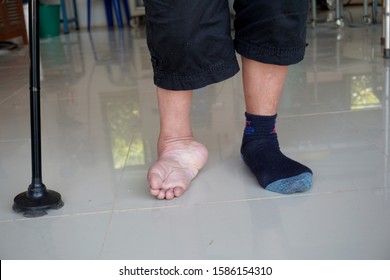



Clubfoot High Res Stock Images Shutterstock




Clubfoot Congenital Talipes Equinovarus Pediatrics Orthobullets
Theterm "clubfoot" refers to the way the foot ispositioned at a sharp angle to the ankle, like thehead of a golf club Despite its look, however, clubfoot itself doesn'tcause any discomfort or pain 8 Infant with unilateral clubfoot Infant with bilateral clubfoot 9Clubfeet must be classified according to severity to obtain reference points, assess the efficacy of orthopaedic treatment, and analyze the operative results objectively A scale of 0 was established on the basis of four essential parameters equinus in the sagittal plane, varus deviation in Clubfoot also can be discovered in utero (while the baby is still in the mother's womb) during an ultrasound An ultrasound is a type of imaging used to look at babies in the womb It is routine for a woman to have an ultrasound during her pregnancy to
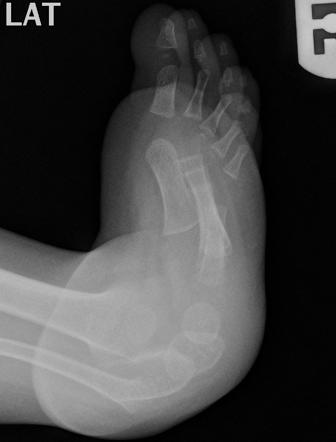



Clubfoot Congenital Talipes Equinovarus Pediatrics Orthobullets




The Newborn Foot American Family Physician
There are two types of clubfoot Isolated or idiopathic clubfoot is the most common type If your child has clubfoot with no other medical problems, it's called isolated clubfoot Idiopathic means that the cause of clubfoot is not known Clubfoot describes a range of foot abnormalities usually present at birth (congenital) in which your baby's foot is twisted out of shape or position In clubfoot, the tissues connecting the muscles to the bone (tendons) are shorter than usual Clubfoot is a fairly common birth defect and is usually an isolated problem for an otherwise healthyChildren who have clubfoot typically place weight on the side of their foot, rather than on the sole As a result, they develop painful calluses, weakened calf muscles and other complications However, most cases of clubfoot get treated before these types of problems develop




Clinical Photographs Showing A The Club Feet Of A 1 5 Month Old Baby Download Scientific Diagram
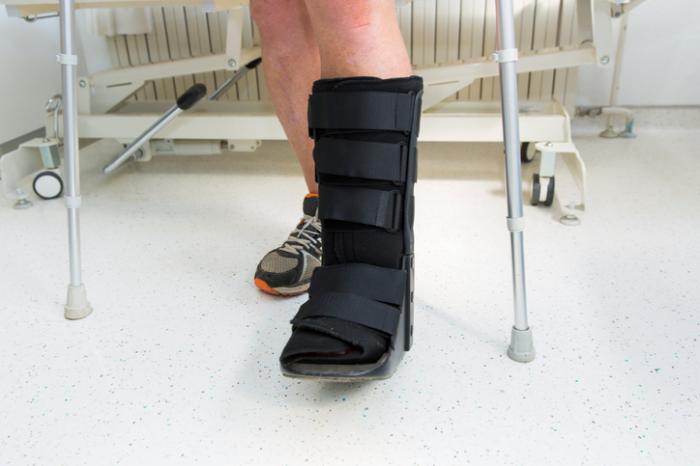



Clubfoot Causes And Treatments
Clubfoot is a foot deformity classified into three different types idiopathic (unknown cause), neurogenic (caused by condition of the nervous system) and syndromic (related to an underlying syndrome) Idiopathic Clubfoot Also known as talipes equinovarus, idiopathic clubfoot is the most common type of clubfoot and is present at birth Talipes equinovarus, commonly known as "clubfoot," is a congenital deformity of the foot It is characterized by plantar flexion (equinus), inversion (varus), and an exaggerated arch (cavus) that may involve one or both feet Taken together, these deformities are said make the foot resemble a golf club, hence the nameCongenital talipes equinovarus, or club foot, is one of the commonest congenital orthopaedic conditions Its incidence in the UK is approximately live births and up to 50% of cases are



Www Rch Org Au Uploadedfiles Main Content Ortho Factsheets Ponseti Non Rch Pdf



Archives
Clubfoot is a birth defect where one or both feet are rotated inward and downward The affected foot and leg may be smaller than the other Approximately 50% of cases of clubfoot affect both feet Most of the time, it is not associated with other problems Without treatment, the foot remains deformed, and people walk on the sides of their feet This may lead to pain and difficulty walkingIdiopathic clubfoot The most common type of clubfoot is idiopathic, which means the cause is unknown Idiopathic clubfoot is not related to any other medical problems Feet of babies with this type of clubfoot are stiff and hard to manipulate Syndromic clubfoot Syndromic clubfoot occurs when the condition is part of a larger syndrome This type is usually more severe and difficult toWhether it's emergency, required, or elective "Cinderella Surgery", these 11 different types of foot surgeries are fairly common and
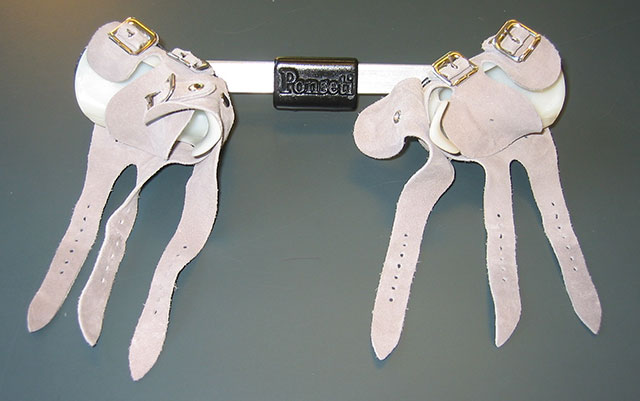



Clubfoot Johns Hopkins Medicine




Clubfoot Talipes Equinovarus Tev Youtube
Clubfoot is often broadly classified into two major groups Isolated (idiopathic) clubfoot is the most common form of the deformity and occurs in children who have no other medical problems Nonisolated clubfoot occurs in combination with various health conditions or neuromuscular disorders, such as arthrogryposis and spina bifidaFunctionalThe deformity with associated in idiopathic hypoplasia club foot is both cosmetic and oftendons,ligamentsneurovascularside and the affected foot is smaller than the normalCurrent treatmentmanipulationeventuallyto provide needsan overview of clubfoot deformity includes initial trials of of clubfoot correction isBraces "The real challenge of the Ponseti Method begins when casting ends Children must wear a brace locking their feet in place 23 hours a day After three months, the time required begins to drop incrementally until age 4 or 5 when, according to Dr Ponseti, the gene that causes club feet is no longer active"




Club Foot Nhs



3
This is the most common treatment for clubfoot Your doctor will Move your baby's foot into a correct position and then place it in a cast to hold it there Reposition and recast your baby's foot once a week for several months Perform a minor surgical procedure to lengthen the Achilles tendon (percutaneous Achilles tenotomy) toward the end of Clubfoot is a common disorder in which one or both of a baby's feet are turned inward and downward and can't easily be moved into a normal position It is much more common for a baby to have a foot turned inward due to positioning, but these feet are very flexible and can easily be straightened with gentle manipulation 1 Newborns with a club foot are often treatedTalipes Equinovarus / Clubfoot Discussion congenital clubfoot is a structural foot deformity that is present at birth;
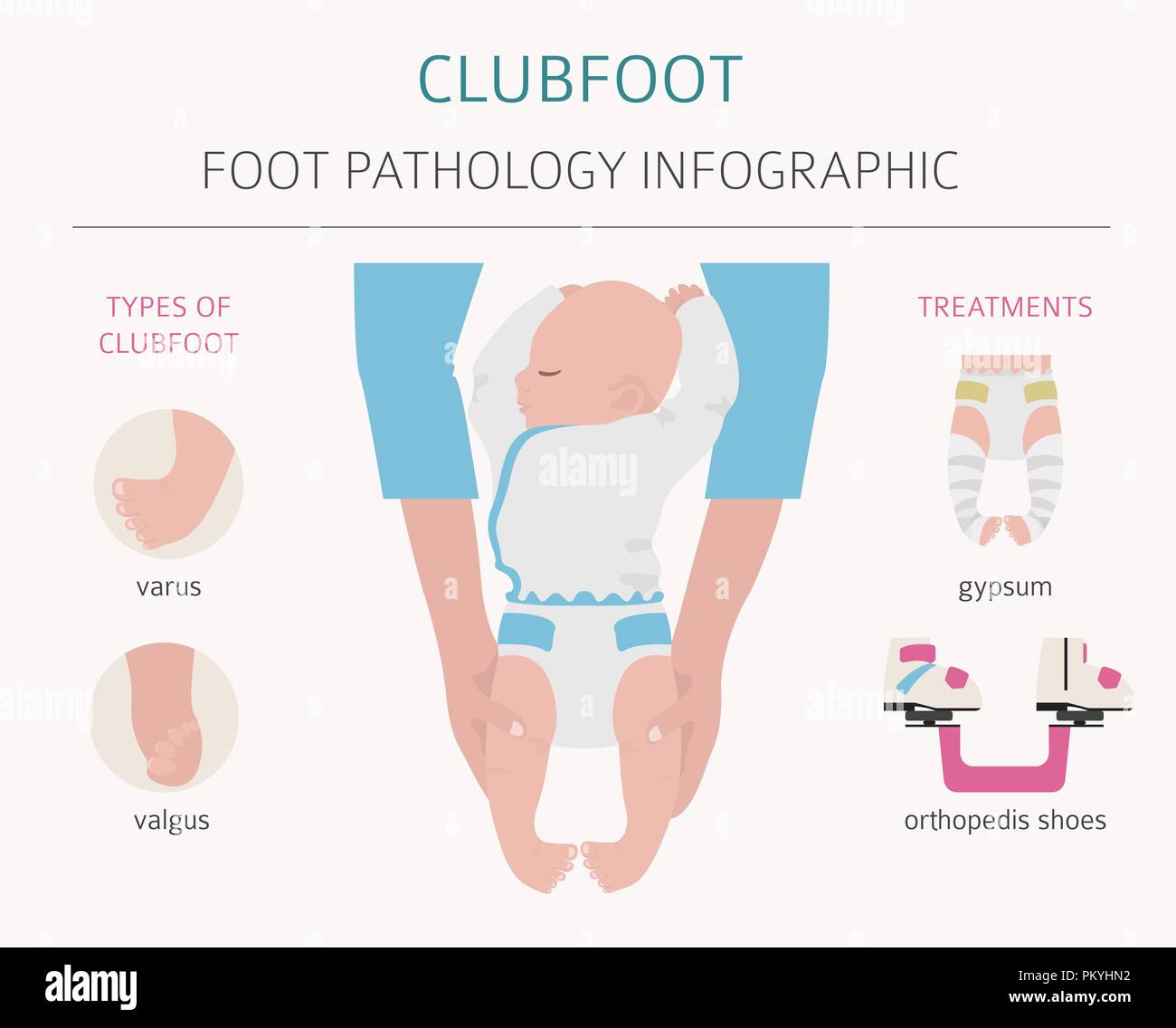



Clubfoot High Resolution Stock Photography And Images Alamy
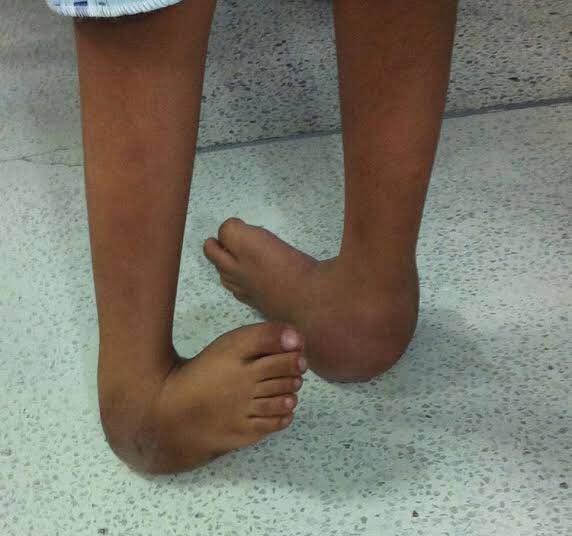



About 100 000 Nigerians Suffer Clubfoot Yearly Noa
148 of 180 results for "clubfoot shoes" Price and other details may vary based on product size and color 14 ikiki Squeaky Shoes for Toddlers with On/Off Squeaker Switch 47 out of 5 stars 8,0 $3295 $ 32 95 FREE Shipping by Amazon Memo Honos Orthopedic Corrective Ankle Brace Sandal 46 out of 5 stars 29It varies greatly with race and geography More cases have been seen in Polynesians, Hawaiians and Maori with fewer in the Orient The worldwide incidence needs further authenticationThere are four variations of clubfoot talipes varus, talipes valgus, talipes equines, and talipes calcaneus In talipes varus, the most common form of clubfoot, the foot generally turns inward so that the leg and foot look somewhat like the letter J (when looking at the left foot headon)




The Ponseti Method Casting Phase For Parents Nemours Kidshealth
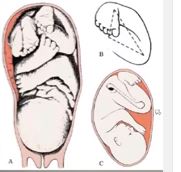



Introduction To Clubfoot Physiopedia
Anklefoot orthoses (AFO's), is a hard rigid molded plastic splint held on with velcro worn on the lower leg and foot to support the ankle, hold the foot and ankle in the correct position, and correct footdrop This type of AFO was used for clubfoot surgical treatment methods and is not part of the Ponseti MethodIntroduction edit edit source Once the clubfoot has been corrected into a normal functional position by manipulation, casting and tenotomy it needs to be braced to keep it corrected and to stop relapse This is crucial for the future of the child and a lot of children deteriorate at this stage as they fail to wear the brace properlyIn most cases, idiopathic clubfoot responds well to the Ponseti method, a nonsurgical, cast and bracebased treatment with minimal complications and a high rate of success There are other less common types of clubfoot Neurogenic clubfoot develops alongside a neurological condition like spina bifida Syndromic clubfoot is secondary to a
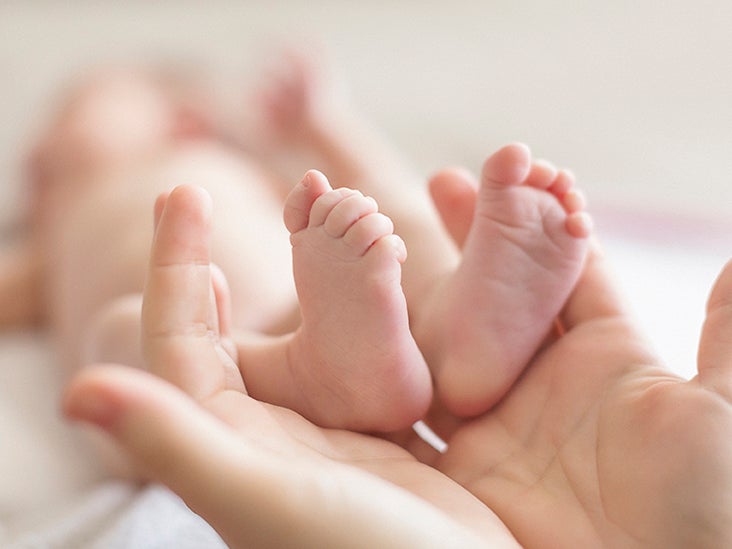



Clubfoot Repair Treatments Procedure Outlook




Club Foot Congenital Talipes Equinovarus The Nepali Doctor
Clubfoot is a foot malformation in which the foot is fixed in a plantarflexed position, and the sole is rotated inward The deformity may be unilateral or bilateral and affects the bony, muscular, and ligamentous structures Manual manipulation of the extremity does not correct the defect Clubfoot is often broadly classified into two major groups Isolated (idiopathic) clubfoot is the most common form of the deformity and occurs in children who have no other medical problems Nonisolated clubfoot occurs in combination with various health conditions or neuromuscular disorders, such as arthrogryposis and spina bifidaClubfoot or talipes equinovarus (TEV) is an inborn threedimensional deformity of leg, ankle and foot It results from structural defects of several tissues of foot and lower leg leading to abnormal positioning of foot and ankle joints TEV can lead to longlasting functional disability, malformatio
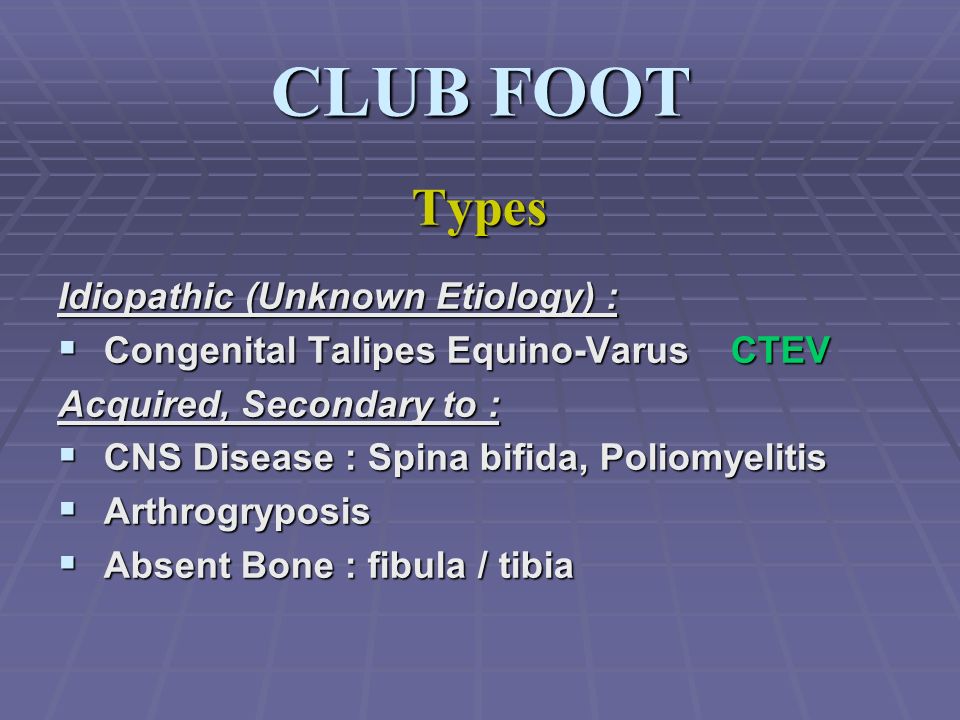



Congenital Talipes Equino Varus Congenital Clubfoot Ppt Video Online Download




Clubfoot Congenital Talipes Equinovarus Narayana Health
Parents of infants born with clubfeet may be reassured that their baby, if otherwise normal, when treated by expert hands will have normal looking feet with normal function for all practical purposes The welltreated clubfoot is no handicap and is fully compatible with a normal, active life The majority can be treated in six to eight weeks using casts and gentle manipulationClubfoot braces, called Ponseti AFO's, consist of two shoes connected by a bar Both feet are braced, even if the clubfoot is only on one side The AFOs are positioned outward If there is a single clubfoot, that AFO will be turned outward more than the unaffected foot The brace is used full time (except for bath time) for three to four monthsPediatric Clubbed Foot Clubfoot, also known as talipes equinovarus, is a congenital (present at birth) foot deformity It affects the bones, muscles, tendons and blood vessels and can affect one or both feet The foot is usually short and broad in appearance and the heel points downward while the front half of the foot (forefoot) turns inward




Greatly Blessed Clubfoot Basics Life With An Afo Club Foot Baby China Adoption Baby Time




Bracing In Clubfoot Do We Know Enough Journal Of Children S Orthopaedics
CLUB FOOT Types Idiopathic (Unknown Etiology) CongenitalTalipes EquinoVarus CTEV Acquired, Secondary to CNS Disease Spina bifida, Poliomyelitis Arthrogryposis Multiplex Congenita Absent Bone fibula / tibia 10 CTEV MOST COMMON CONGENITAL FOOT DISORDER MALES 1/1000 LIVES BIRTHS 11




Congenital Club Foot In Child Kerala Nurses Hub Youtube




Charcot Foot Causes Symptoms And Treatment




Congenital Talipes Equinovarus Clubfoot Nursing Care Management Pediatric Physical Therapy Medical Anatomy Medical




Clubfoot Causes Symptoms And Treatments Piedreseau
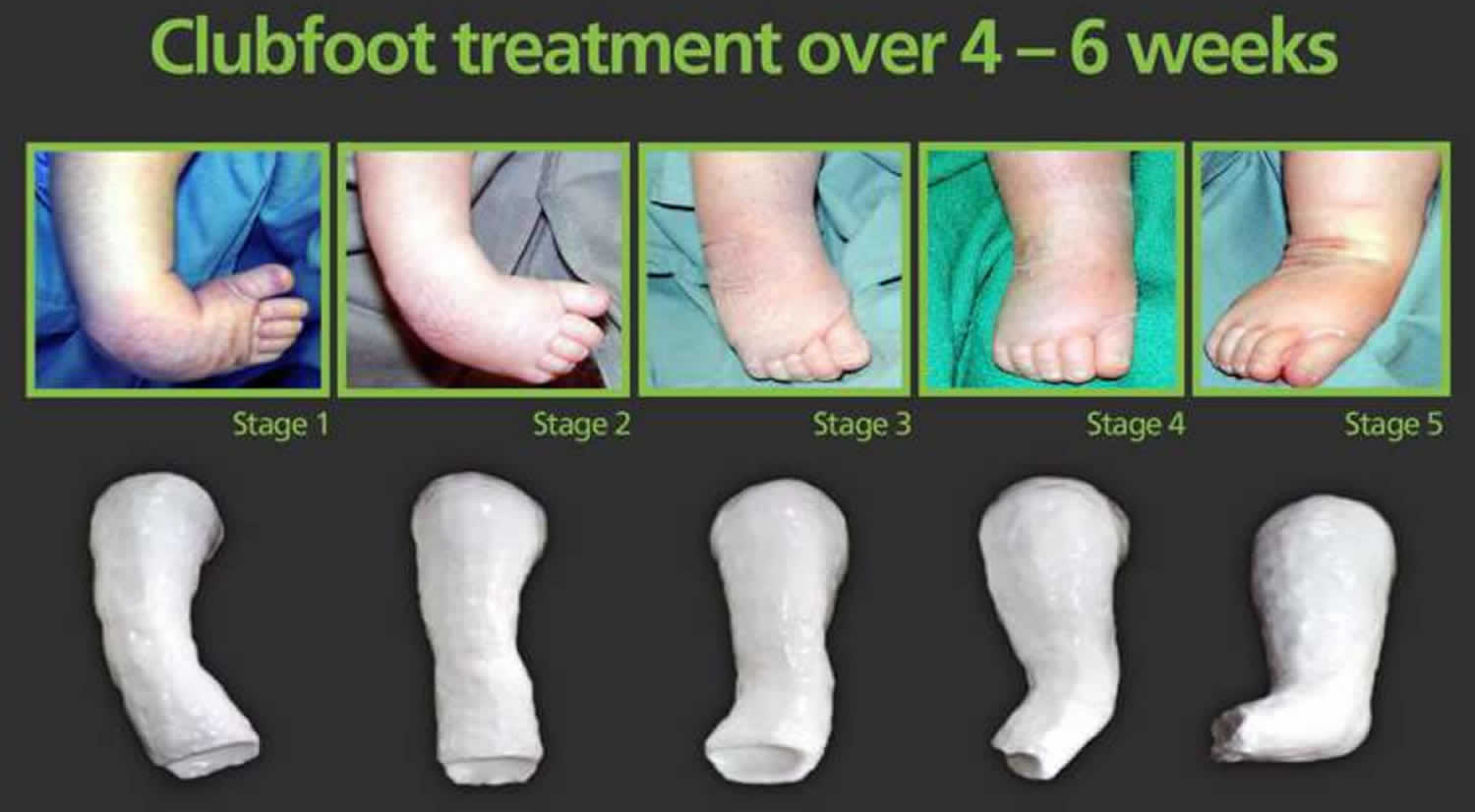



Ponseti Method For Clubfoot Treatment




Clubfoot Flip Ebook Pages 1 Anyflip Anyflip



Clubfoot Symptoms Stages Definition Description Demographics Causes And Symptoms Diagnosis




24 Club Feet Therapy Ideas Club Foot Feet Therapy Achilles Tendonitis
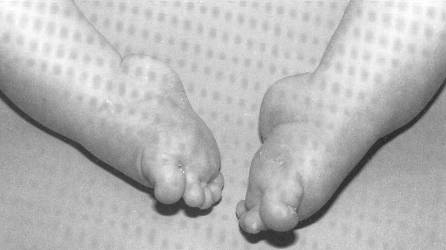



Clubfoot Congenital Equinovarus Cev Team Bone




Clubfoot Congenital Talipes Equinovarus Narayana Health
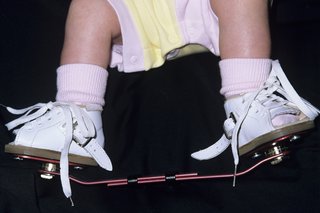



Club Foot Nhs




Club Foot Symptoms And Treatment



Before Going To Doctor Which Must Know About Clubfoot Rxharun




Clubfoot Boston Children S Hospital




Pdf Current Conservative Management And Classification Of Club Foot A Review Semantic Scholar




Clubfoot Talipes Equinovarus Symptoms Diagnosis And Treatment



Clubfoot Orthoinfo os
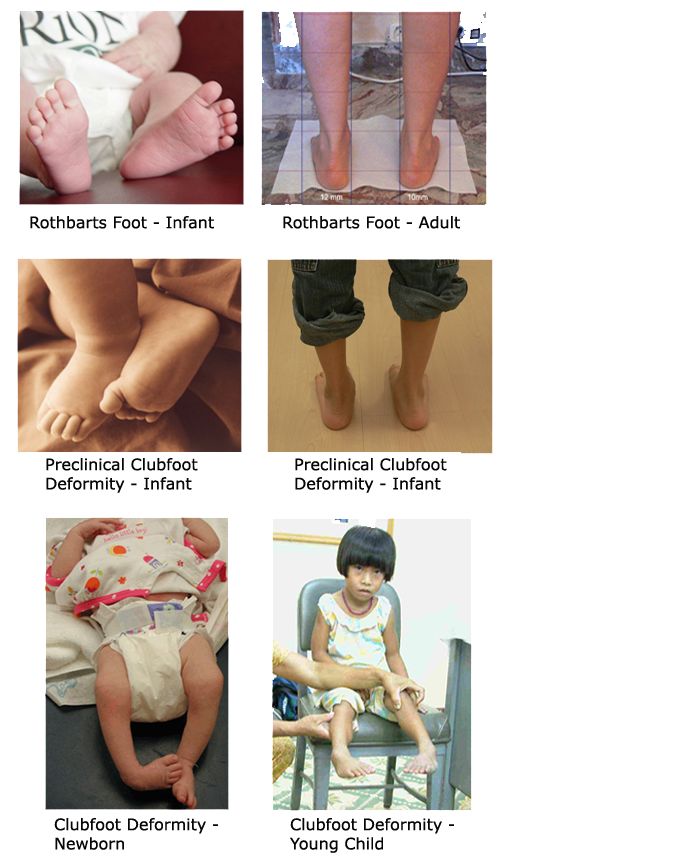



3 Embryological Foot Types Athlepedia The Athletics Wiki Fandom




Foot Deformities Various Talipes Conditions Pediatric Physical Therapy Pediatric Nursing Medical Terms




Clubfoot Artemisia Panou Md Phd
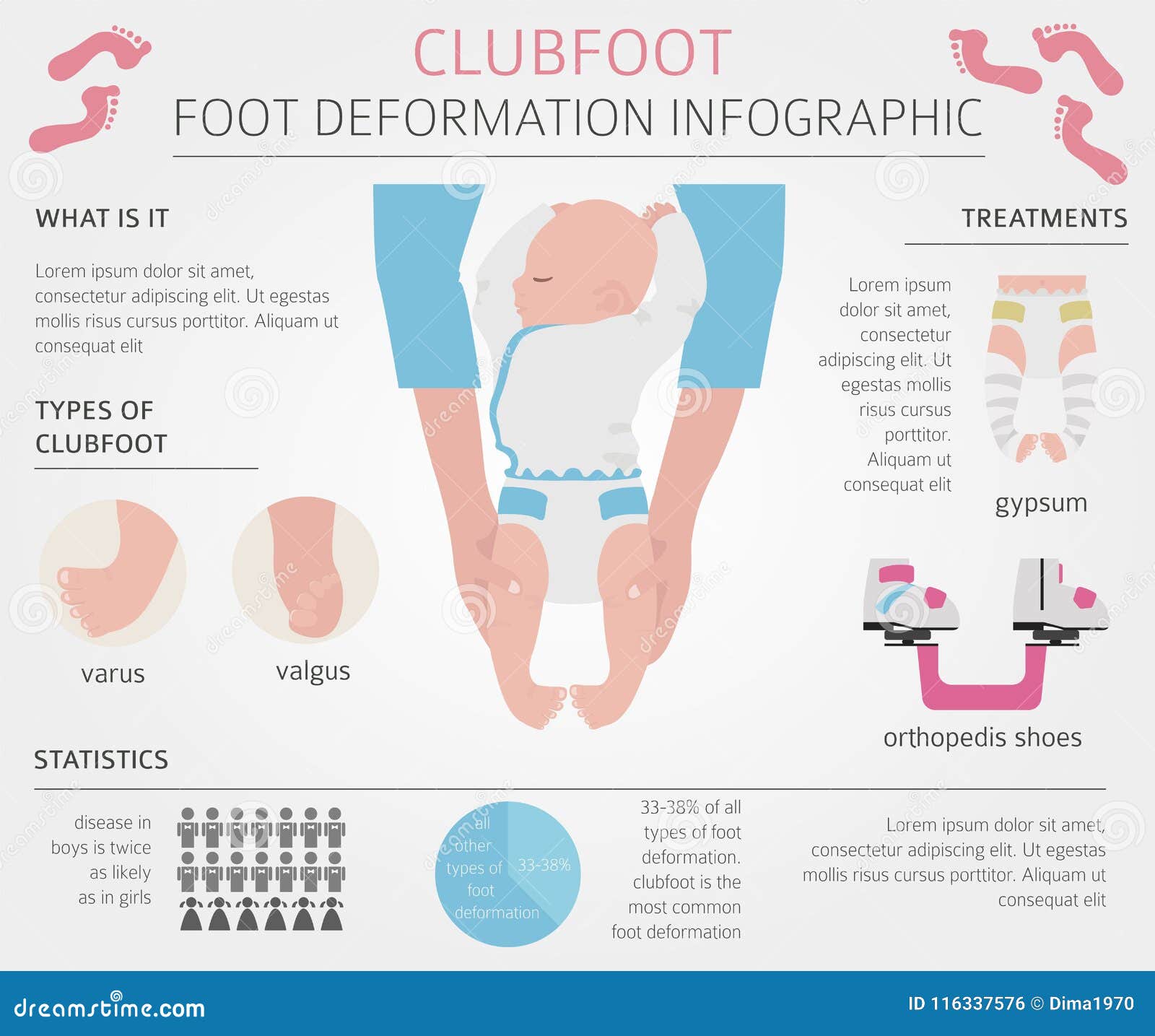



Clubfoot Stock Illustrations 96 Clubfoot Stock Illustrations Vectors Clipart Dreamstime




Clubfoot Boston Children S Hospital




Congenital Clubfoot Genetic Disorders Types Of Clubfoot
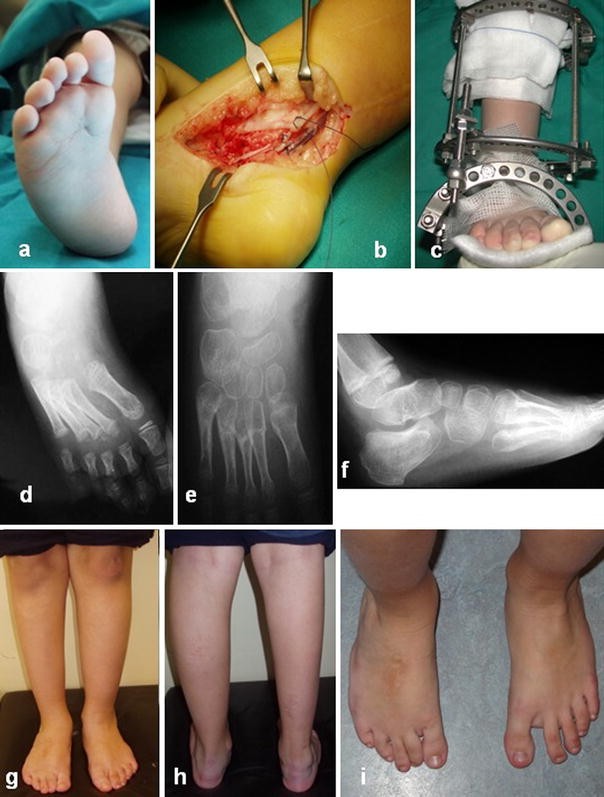



Relapsed Clubfoot Correction With Soft Tissue Release And Selective Application Of Ilizarov Technique Springerlink



Clubfoot Orthoinfo os



Club Foot Talipes Equinovarus Ankle Foot And Orthotic Centre
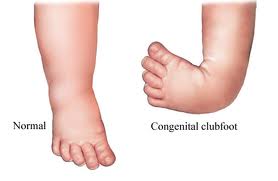



Introduction To Clubfoot Physiopedia
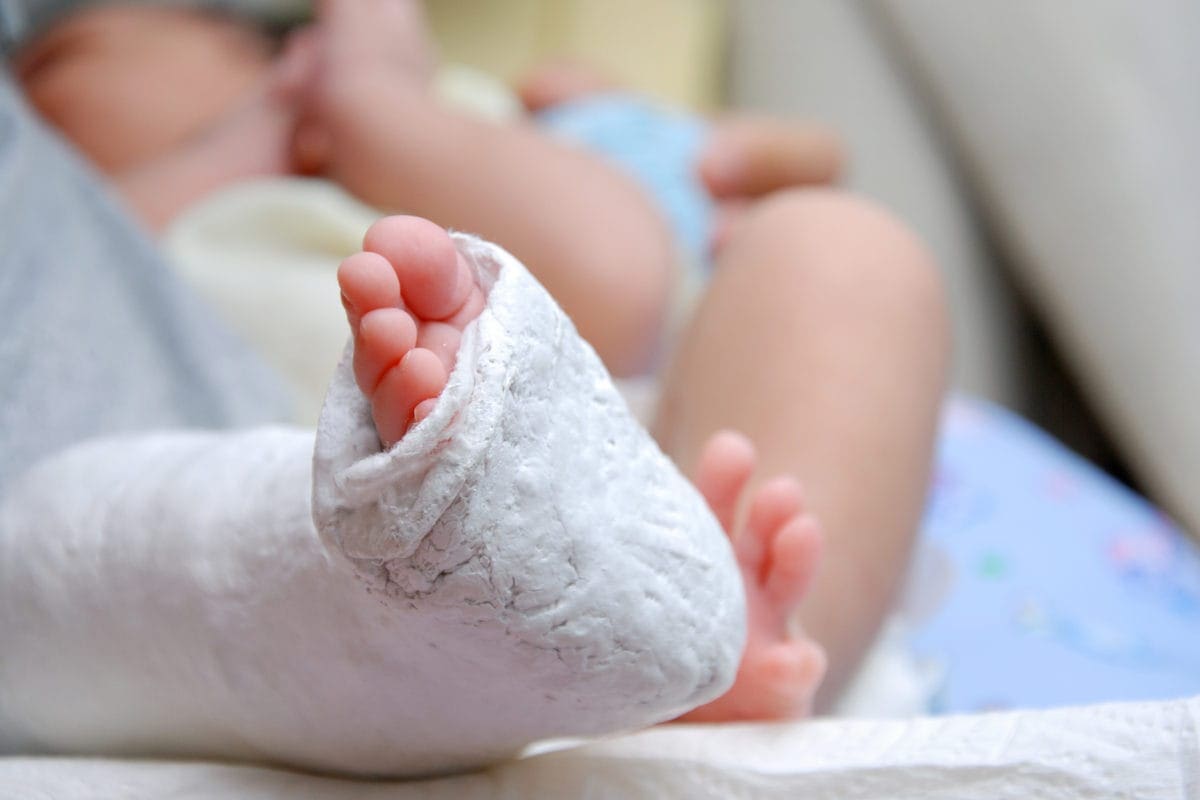



What Is Clubfoot Symptoms And Treatment Familydoctor Org




Clubfoot Congenital Talipes Equinovarus Pediatrics Orthobullets




Clubfoot And Other Foot Defects Children S Health Issues Merck Manuals Consumer Version



Club Foot Interactive Health




Clubfoot Multimedia Encyclopedia Health Information St Luke S Hospital
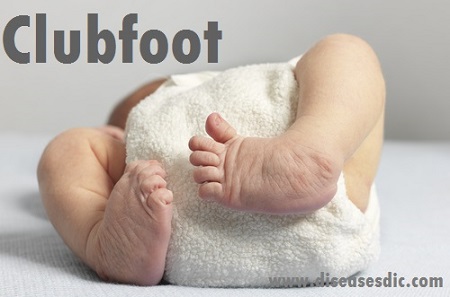



Bone Disorders Archives Page 2 Of 5 Diseases Treatments Dictionary Diseasesdic Com




Club Foot Congenital Talipes Equinovarus About Club Foot Patient




Pdf Current Conservative Management And Classification Of Club Foot A Review Semantic Scholar




Club Foot Talipes In Babies Causes Signs Treatment Youtube



Q Tbn And9gcsiqk2gm7zj3ssgnajpf1ujxpqe2efkyujjneftvigthk Bxfrn Usqp Cau




Club Foot




4 1 Clubfoot Types Clubfoot Guide 123
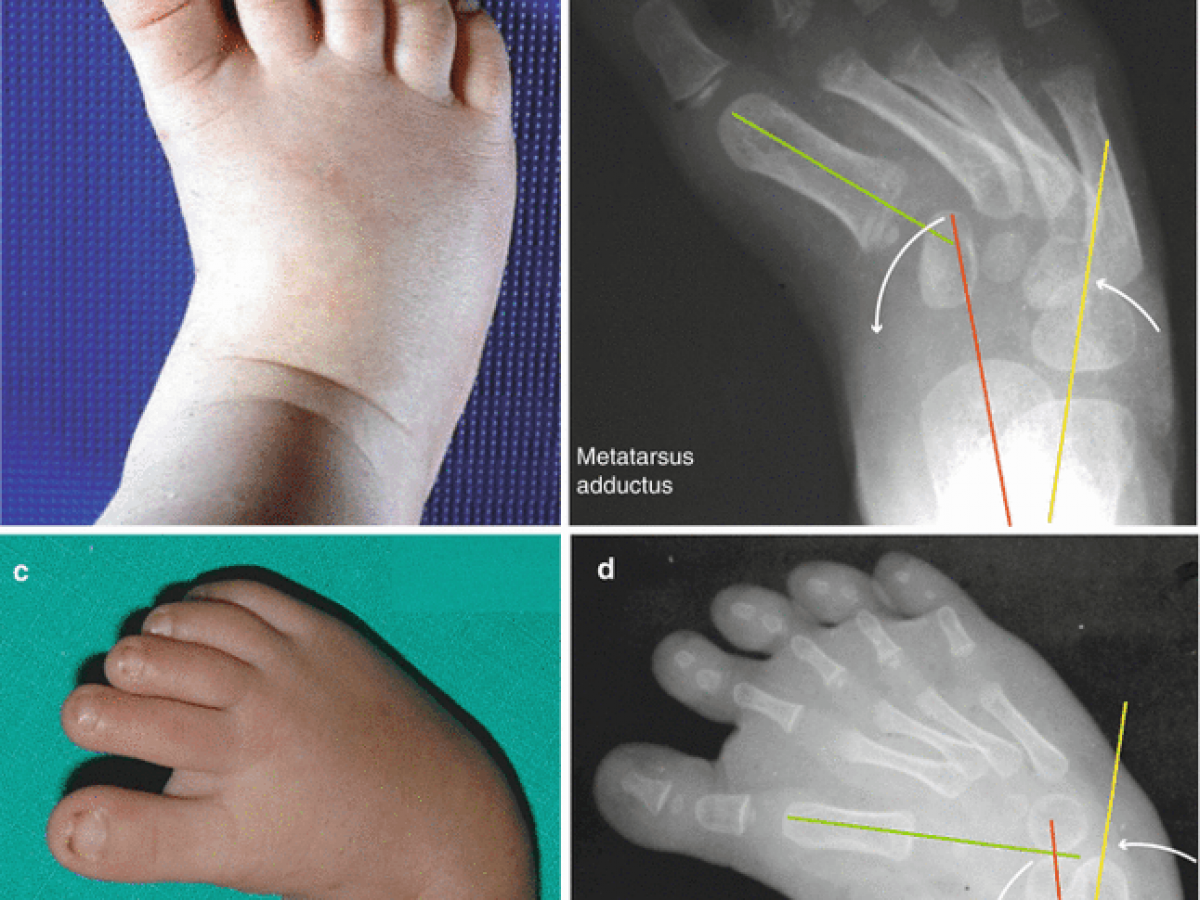



Common Foot Problems In Children Foot And Ankle




Clubfoot Wikipedia




Clubfoot Wikipedia




Clubfoot Wikipedia
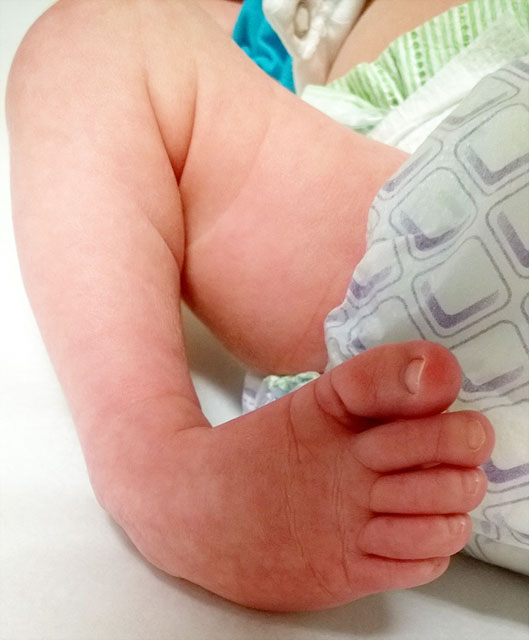



Clubfoot Johns Hopkins Medicine



Clubfoot Orthoinfo os



Clubfoot What Is Clubfoot What Causes Clubfoot Who Gets Clubfoot What Are The Symptoms Of Clubfoot




Clinical Photographs Showing A The Club Feet Of A 1 5 Month Old Baby Download Scientific Diagram




Physiotherapy For Children Born With Clubfoot Happydna



1




To Parents Of Children Born With Clubfeet University Of Iowa Stead Family Children S Hospital
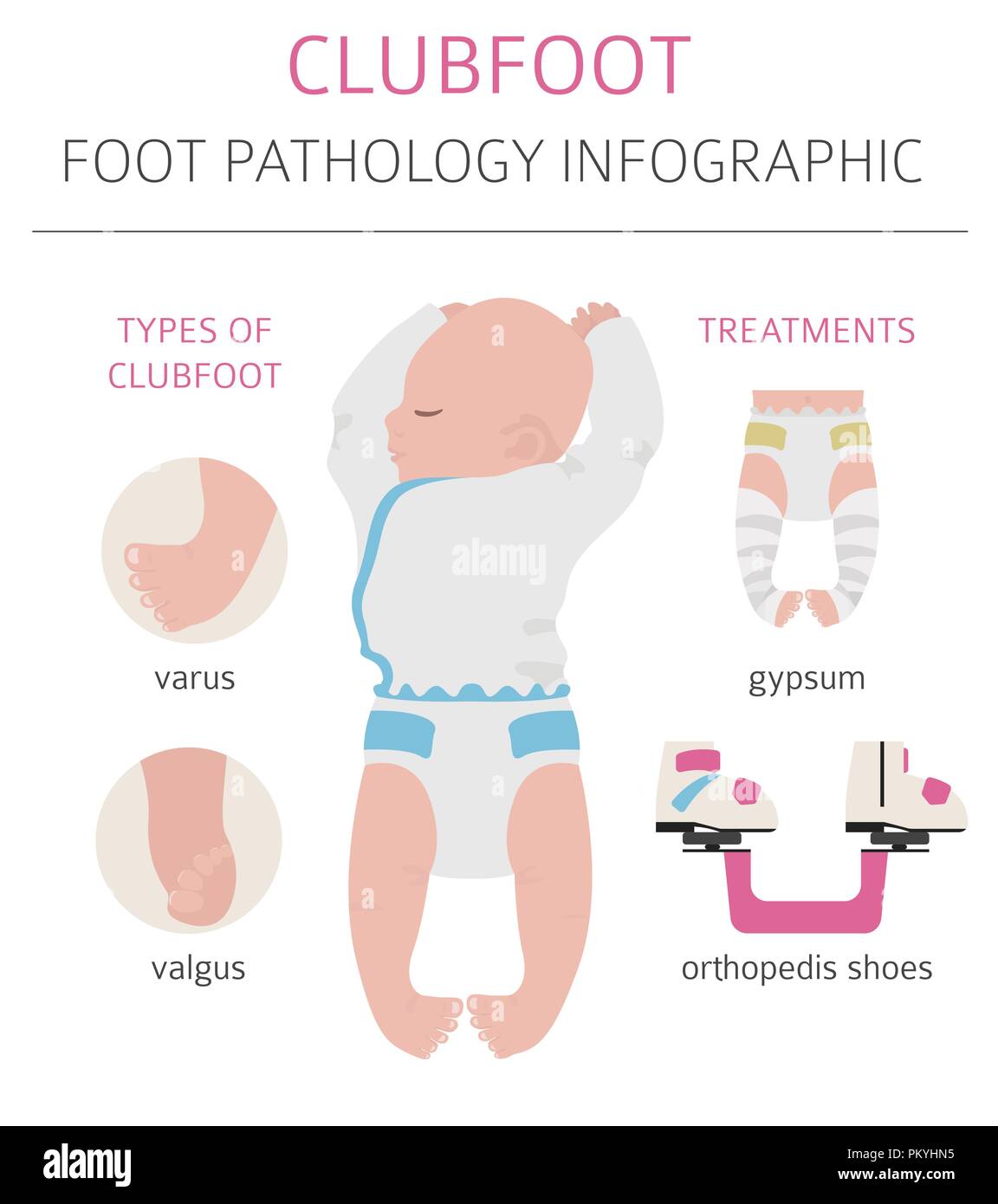



Clubfoot High Resolution Stock Photography And Images Alamy
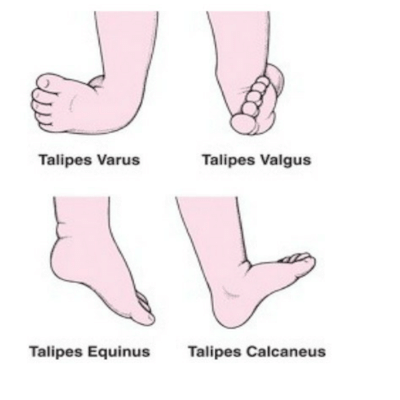



Club Foot Shoes Ponseti Denis Brown Dobs Bar Gm Medical Kenya




Clubfoot Archives African Journal Of Current Medical Research
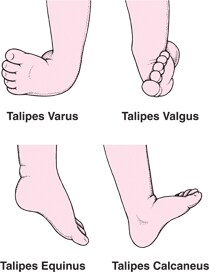



Clubfoot And Other Foot Defects Children S Health Issues Medicine Com




Clubfoot And Its Treatment Dr Michael Vohrer
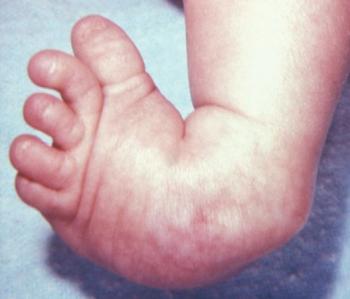



Clubfoot Causes And Treatments
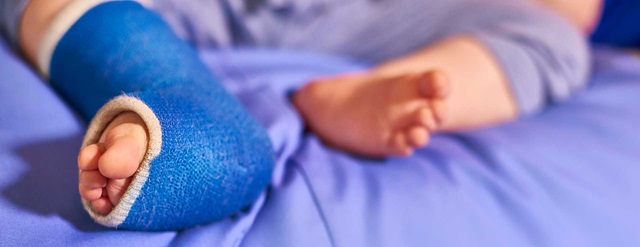



Clubfoot Johns Hopkins Medicine
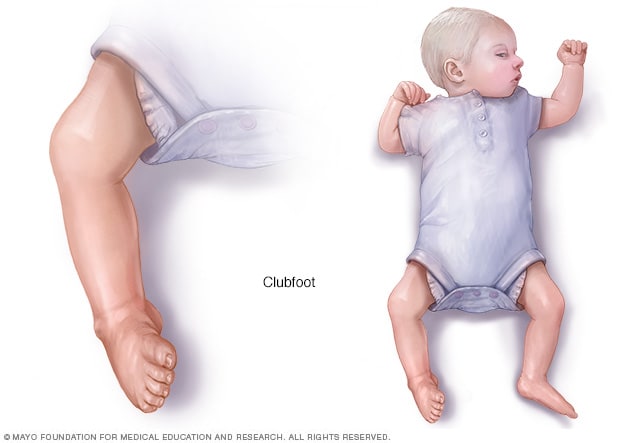



Clubfoot Symptoms And Causes Mayo Clinic




Talipes Equinovarus Clubfoot And Other Foot Abnormalities Pediatrics Msd Manual Professional Edition
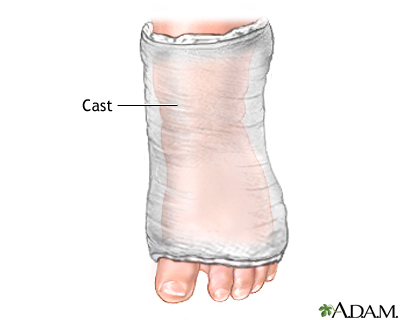



Clubfoot Repair Series Procedure Part 1 Medlineplus Medical Encyclopedia




Clubb Foot



1




The Newborn Foot American Family Physician
/GettyImages-976611020-532e1800b14b4c89aec1f2f6a855f199.jpg)



Newborn Baby Foot Problems And Deformities




Clubfoot High Res Stock Images Shutterstock




Talipes Equinovarus Clubfoot And Other Foot Abnormalities Pediatrics Merck Manuals Professional Edition
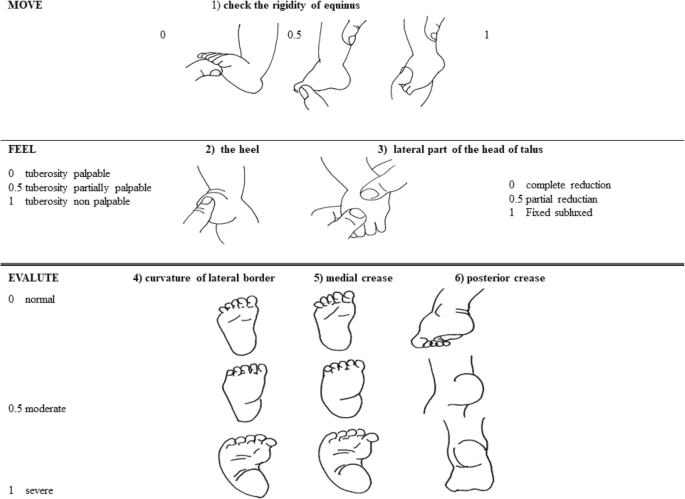



What A Paediatrician Should Know About Congenital Clubfoot Italian Journal Of Pediatrics Full Text




Clubfoot Nurse Key



Clubfoot Orthoinfo os




Congenital Talipes Equino Varus Congenital Clubfoot Dr Imran
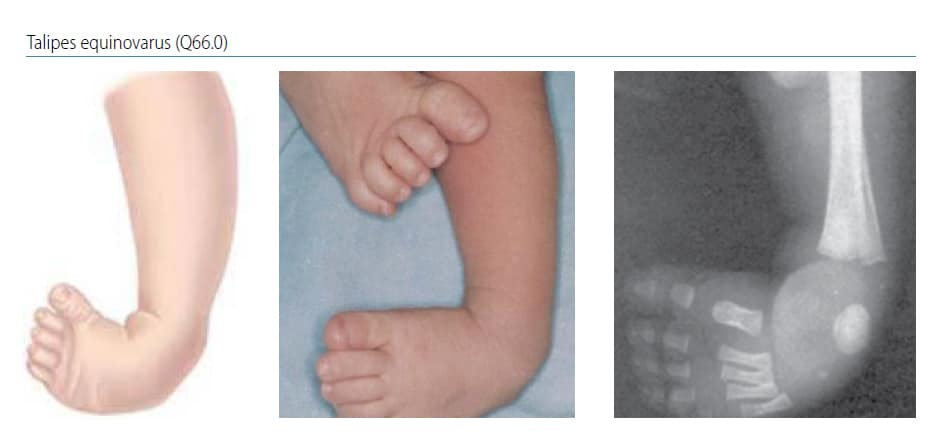



Chapter 4 9 Talipes Equinovarus Talipes Equinovarus Q66 0 Cdc




Recognize The Types And Methods Of Handling Club Foot In Infants Or Club Foot Window Of World




Talipes Equinovarus Clubfoot And Other Foot Abnormalities Pediatrics Msd Manual Professional Edition
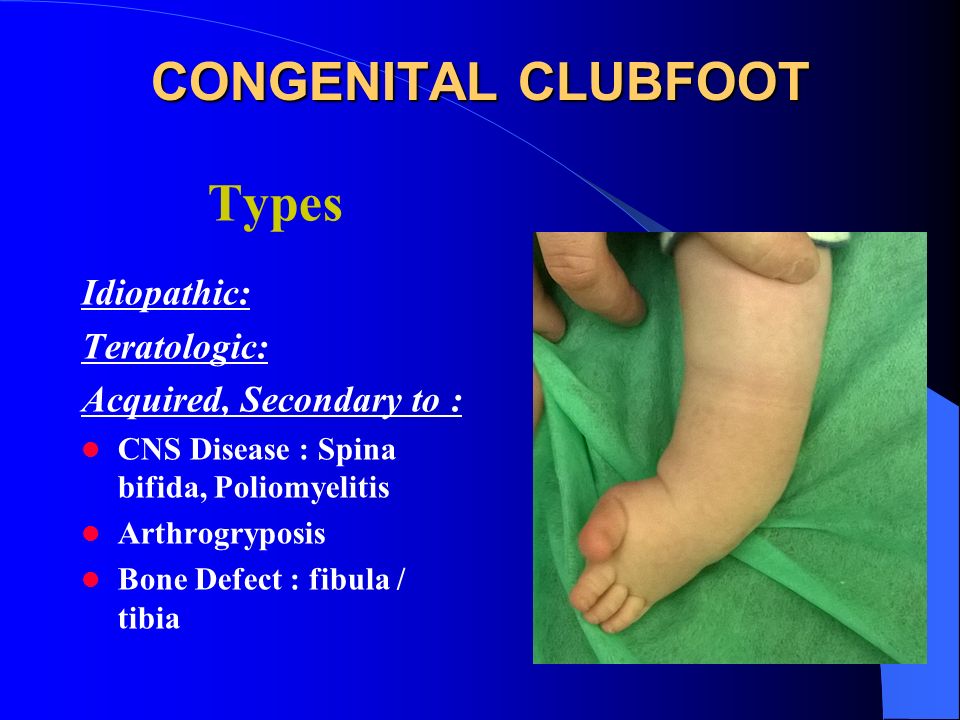



Congenital Clubfoot Congenital Talipes Equino Varus Ppt Video Online Download




Clubfoot Congenital Talipes Equinovarus Narayana Health
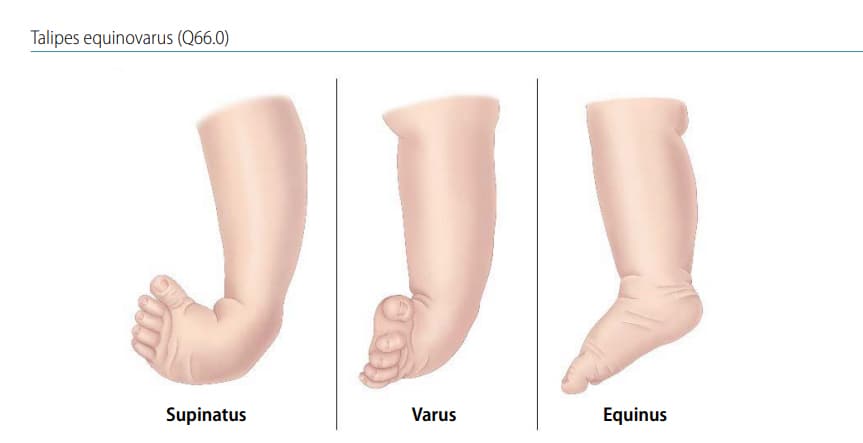



Chapter 4 9 Talipes Equinovarus Talipes Equinovarus Q66 0 Cdc




Clubfoot Wikipedia




Clubfoot Congenital Talipes Equinovarus Pediatrics Orthobullets



0 件のコメント:
コメントを投稿